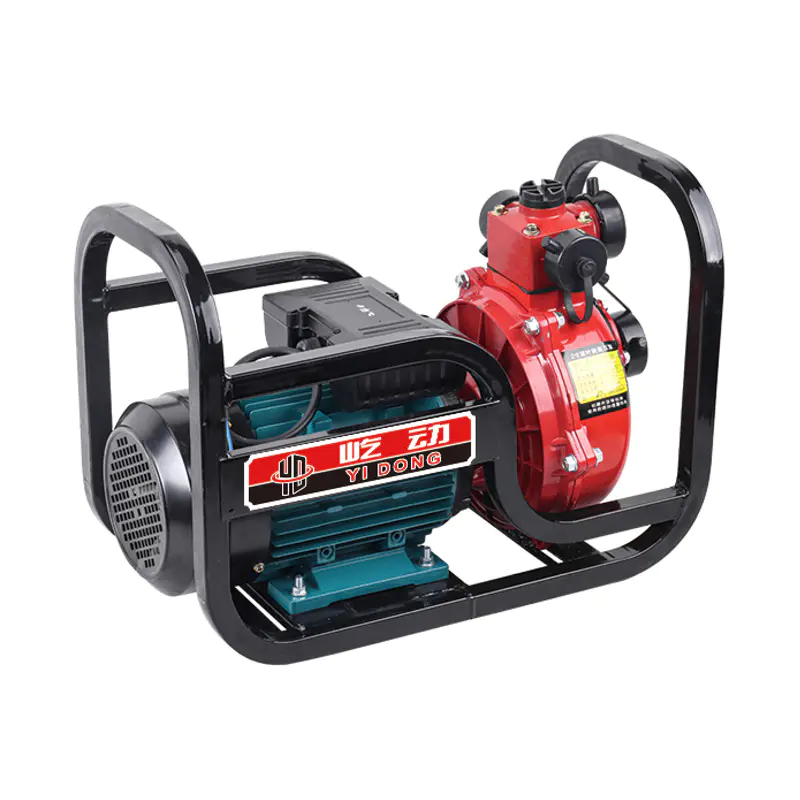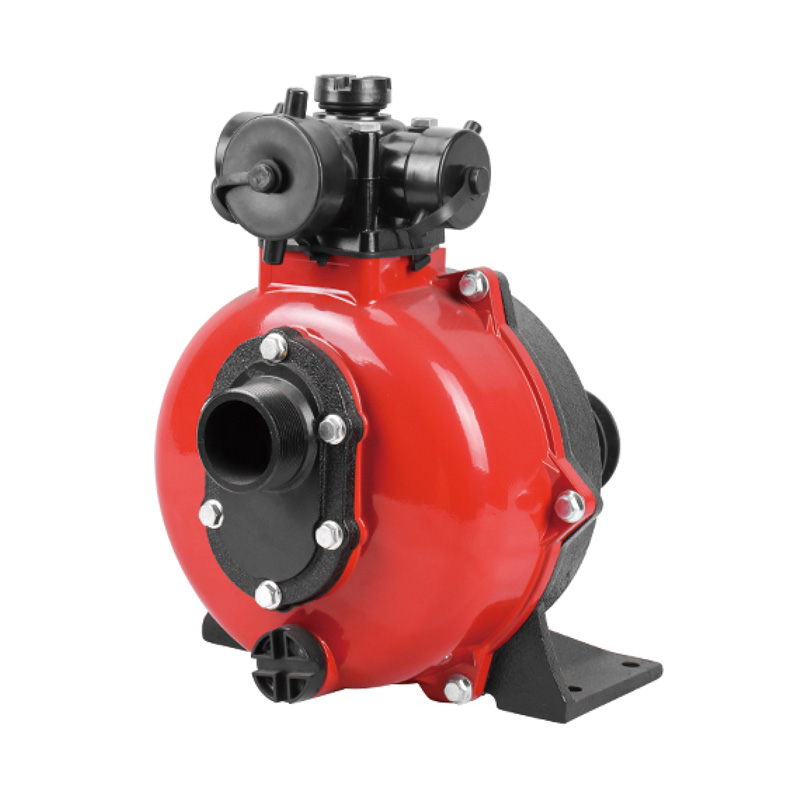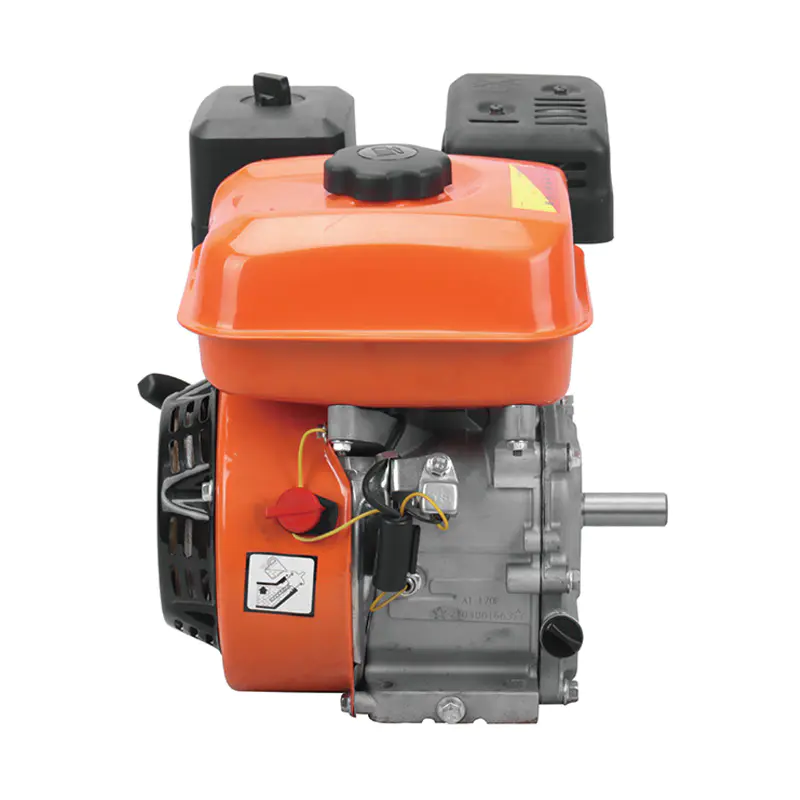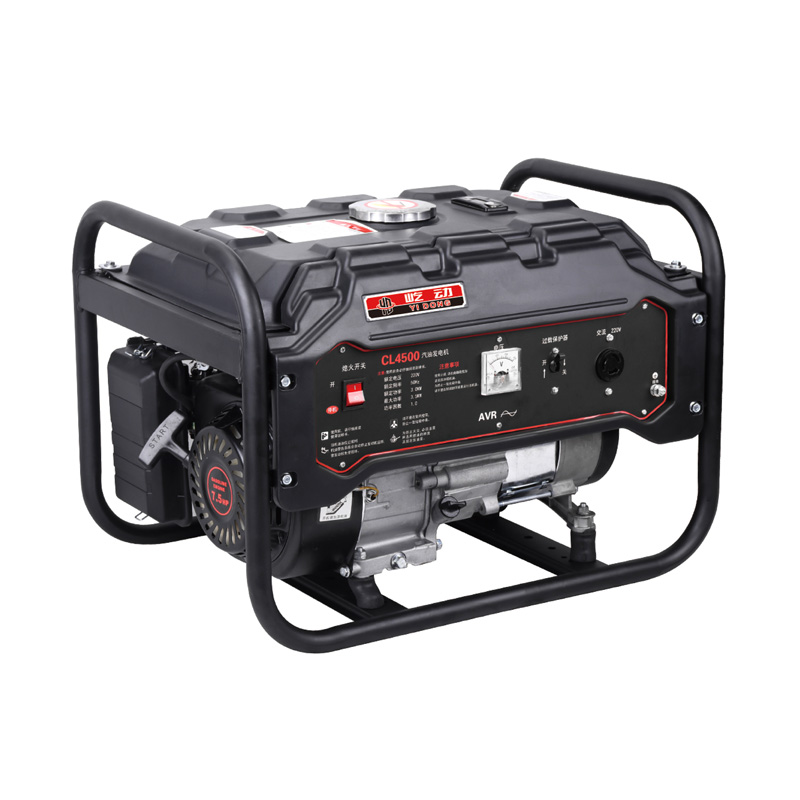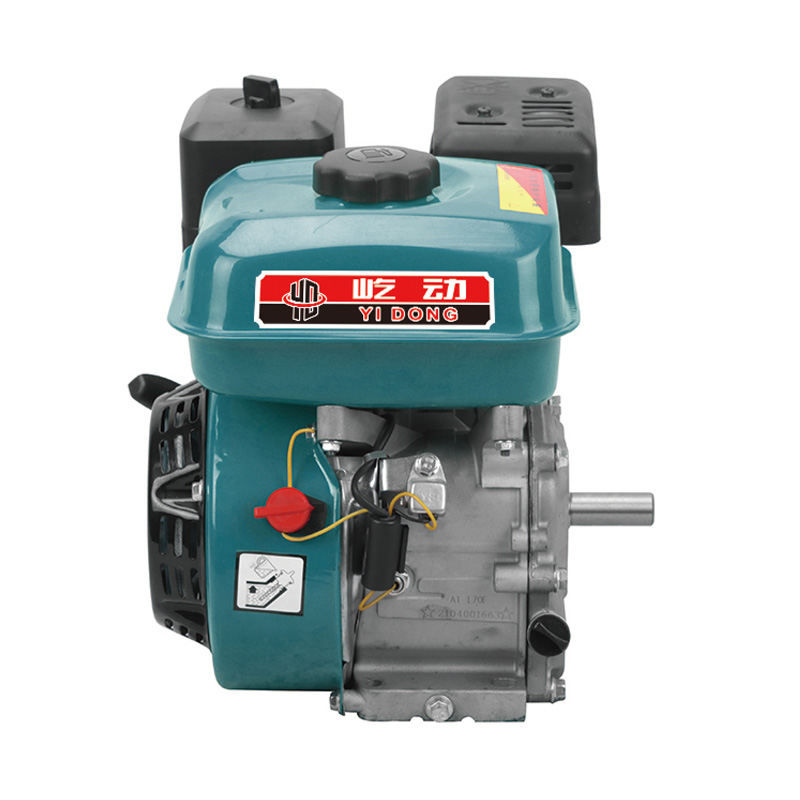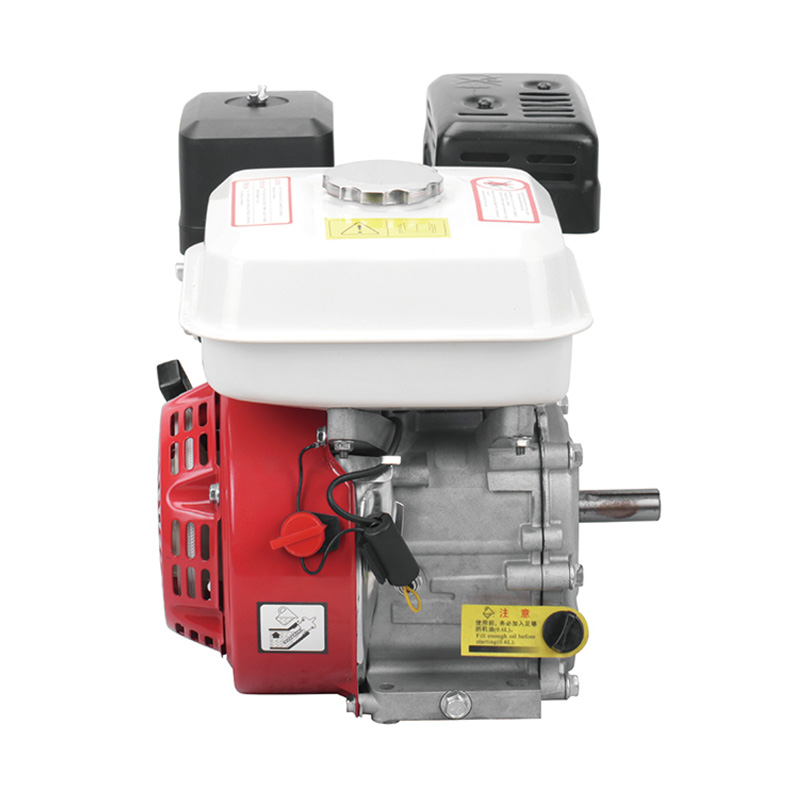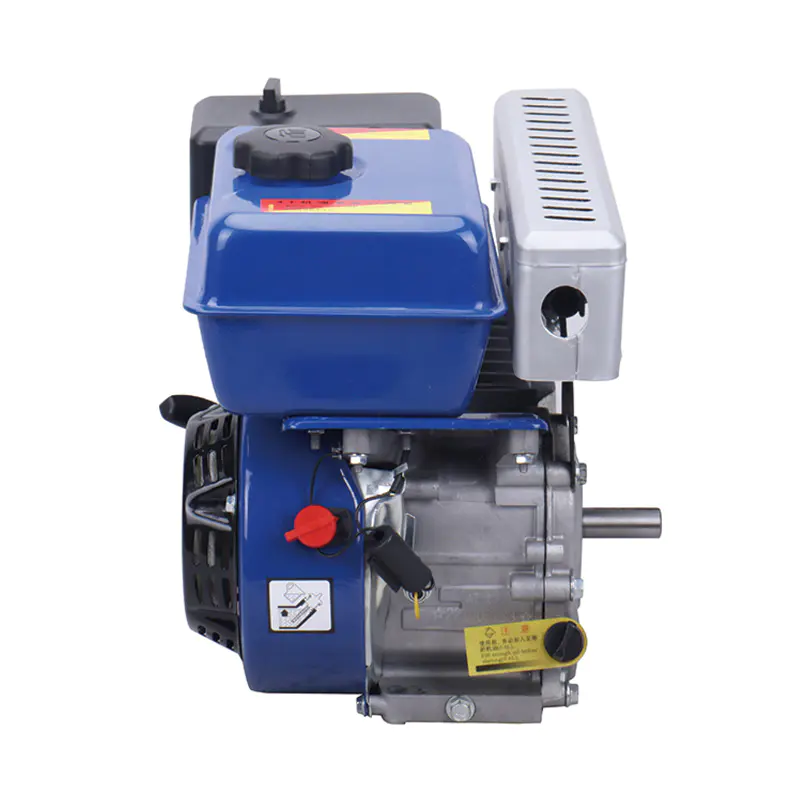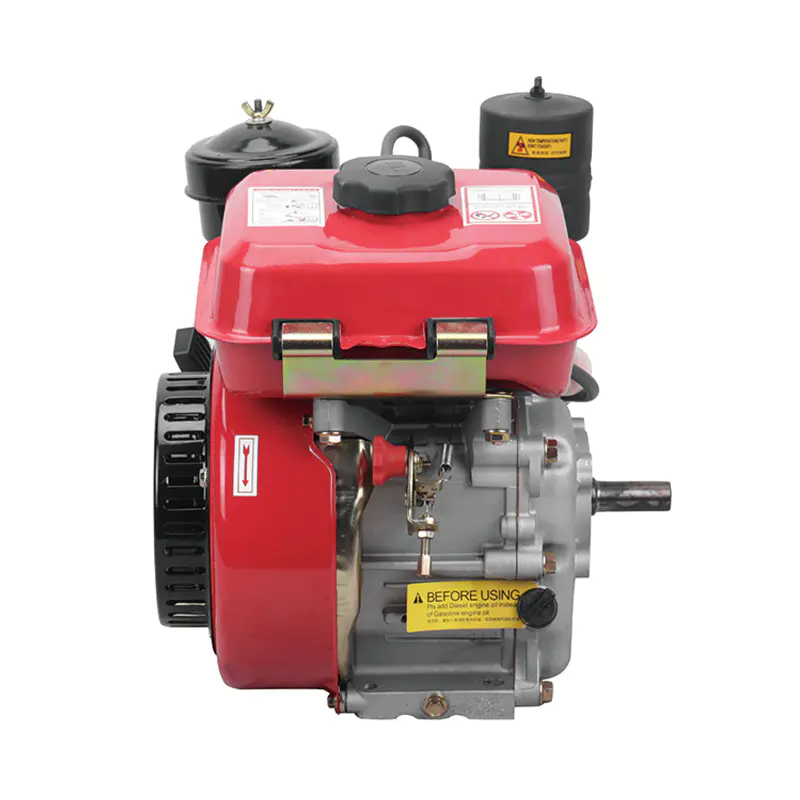I. Understanding the Design and Function of the Double Impeller System
To appreciate the value of this pump, it is helpful to understand its core mechanism. The double impeller self-priming drag pump may sound complex, but its design is centered on solving practical problems. The name itself highlights its three key features, with the double impeller being its distinctive characteristic.
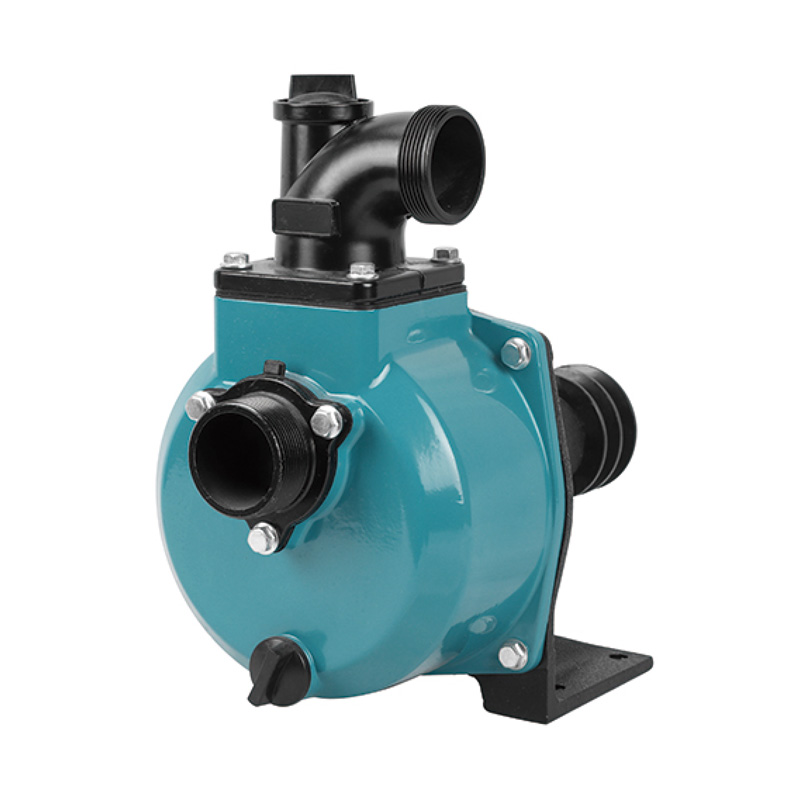
The feature is the dual-impeller configuration. Unlike a standard centrifugal pump that uses a single impeller to move water, this pump employs two impellers arranged in series on a single shaft. Each impeller is a rotating component with vanes that draws water in and pushes it out with centrifugal force. The impeller initiates the water flow and creates a low-pressure zone, while the second impeller receives this water and adds further energy, significantly boosting the pump's pressure and overall head. This two-stage process is particularly effective for applications requiring water to be lifted from a significant depth or pushed over long distances, such as irrigating a sloped field or supplying a large center-pivot system.
The second key feature is its self-priming capability. A common challenge with many standard pumps is the need for priming—filling the pump casing and suction line with water before start-up to create the necessary vacuum. The double impeller drag pump is engineered to overcome this. Its design allows it to evacuate air from the suction line and create a vacuum on its own, drawing water up into the pump without manual priming. This is achieved through the precise interplay of the impellers and the pump's volute chamber, which recirculates a small amount of fluid to help displace the air. This feature is immensely beneficial when the water source is below the pump level, saving time and effort during setup.
The third feature is the "drag" impeller design itself. These impellers are typically semi-open or open with minimal clearance between the vane and the pump casing. This creates a dragging effect, which is less sensitive to solid content in the water. While not a solids-handling pump in the traditional sense, this design allows it to manage water with small amounts of sand, silt, and fine debris more effectively than a pump with a tightly enclosed impeller. This resilience is a direct response to the reality of agricultural water sources, which are often drawn from ponds, rivers, or wells that may contain particulate matter.
II. The Practical Benefits and Agricultural Applications of This Helpful Tool
The specific design features of the double impeller self-priming drag pump translate directly into a range of practical benefits that address the daily needs of a farming operation. Its emergence as a popular choice is rooted in its ability to enhance operational workflow and provide reliable performance across diverse tasks.
One of the significant benefits is the pump's operational readiness and ease of use. The self-priming nature means that farmers are not required to manually fill the pump with water or use auxiliary priming tools each time they start the system. This is especially valuable for mobile pumping units or for situations where the pump is used intermittently. Whether drawing from a pond to fill a tank or starting an irrigation line after a break, the pump is ready to begin its work quickly, reducing labor time and simplifying the process. This user-friendly characteristic makes it accessible for a wide range of operators.
The pump's versatility makes it a multi-purpose helper on the farm. Its robust pressure and head capabilities make it well-suited for high-pressure spray irrigation, ensuring water reaches the far ends of the system with sufficient force. It is equally effective for dewatering fields after heavy rain, transferring water from one storage reservoir to another, or providing a high-volume water supply for cleaning barns and equipment. The ability to handle slightly turbid water without immediate loss of performance or damage adds to its durability and reduces maintenance concerns associated with cleaner, more sensitive pump designs.
From a maintenance and economic perspective, the pump presents several advantages. Its mechanical seal is often designed for easy inspection and replacement, extending the service life of the unit. The drag impeller's tolerance for fine abrasives means less wear from sand compared to standard impellers, a longer operational lifespan and reduced frequency of part replacements. While the initial investment may be higher than that of a basic centrifugal pump, the combination of time saved in priming, reduced downtime, and application versatility offers a compelling value proposition. It operates as a dependable, hard-working asset that supports the continuous and varied water demands of a modern agricultural enterprise.



 English
English русский
русский Français
Français Español
Español عربى
عربى